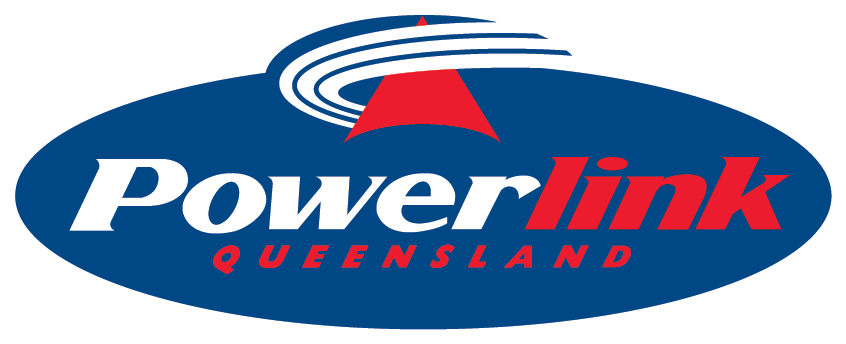On behalf of the Australian Government, the Australian Renewable Energy Agency (ARENA) has today announced $490,629 in funding for transmission network operator Powerlink Queensland to investigate technical, commercial and regulatory solutions to address system strength challenges.
Powerlink’s study will look at addressing system strength challenges by exploring the merits of several technical solutions, as well as business and regulatory models to facilitate lower cost solutions and remove commercial barriers.
As the energy industry transitions to a lower carbon future, system strength has emerged as a prominent challenge impacting renewable generation projects and the National Electricity Market.
System strength is an essential grid security service and represents the ability of a power system to remain stable under normal conditions, and to return to a steady state following a system disturbance. Current wind, solar PV and battery technologies do not typically contribute to system strength.
The $900,000 project will explore several existing technology options for managing system strength and supporting the integration of renewables into the grid. These include installing synchronous condensers, changing inverter settings or strengthening transmission infrastructure.
As part of the wider project, Powerlink is also looking at whether emerging storage technologies such as grid-scale batteries can be tied to solar or wind farms to support system strength.
As a first step in the project, Powerlink commissioned GHD to prepare an initial report, published today, on system strength. This report will drive a better understanding on how system strength can impact investment in generation and transmission network assets. Solar farm operators Pacific Hydro and Sun Metals supported the report’s development. The report will inform submissions to AEMC’s System Strength Review.
ARENA CEO Darren Miller said system strength is a complex and technical subject that has evolved over time, and this project will help provide a clear and common understanding of the system strength concept, how it can be managed and network implications.
The ongoing study will aim to help wind and solar developers facing difficulties with grid connection due to limited system strength, and would help reduce project risks, delays and costs, Mr Miller said.
“In some cases, developers can be forced to install synchronous condensers as a local source of system strength which can come at a large cost to developers and be project-specific solutions, which are unlikely to be economically efficient.
AEMO’s Integrated System Plan has shown that, in many situations, a centralised approach to managing system strength would be more economic than developing individual solutions for each wind and solar farm,” Mr Miller said.
“Powerlink’s study will highlight a range of solutions for addressing system security challenges and will be relevant to the AEMC’s System Strength Investigation currently underway. The findings will be replicable across Australia, and can help inform the efficient design of more renewable energy zones,” he said.
Powerlink Chief Executive Kevin Kehl said the report and ongoing work would be an important input to the AEMC system strength review currently underway.
“The report uses the North Queensland region as a case study, however the information is presented in a way that allows for potential use in other regions of the National Electricity Market currently experiencing system strength issues,” Mr Kehl said.
Powerlink’s study is expected to be complete in late 2020.
Download the report: Managing system strength during the transition to renewables
Read more about the project: Powerlink's Cost-Effective System Strength Study



